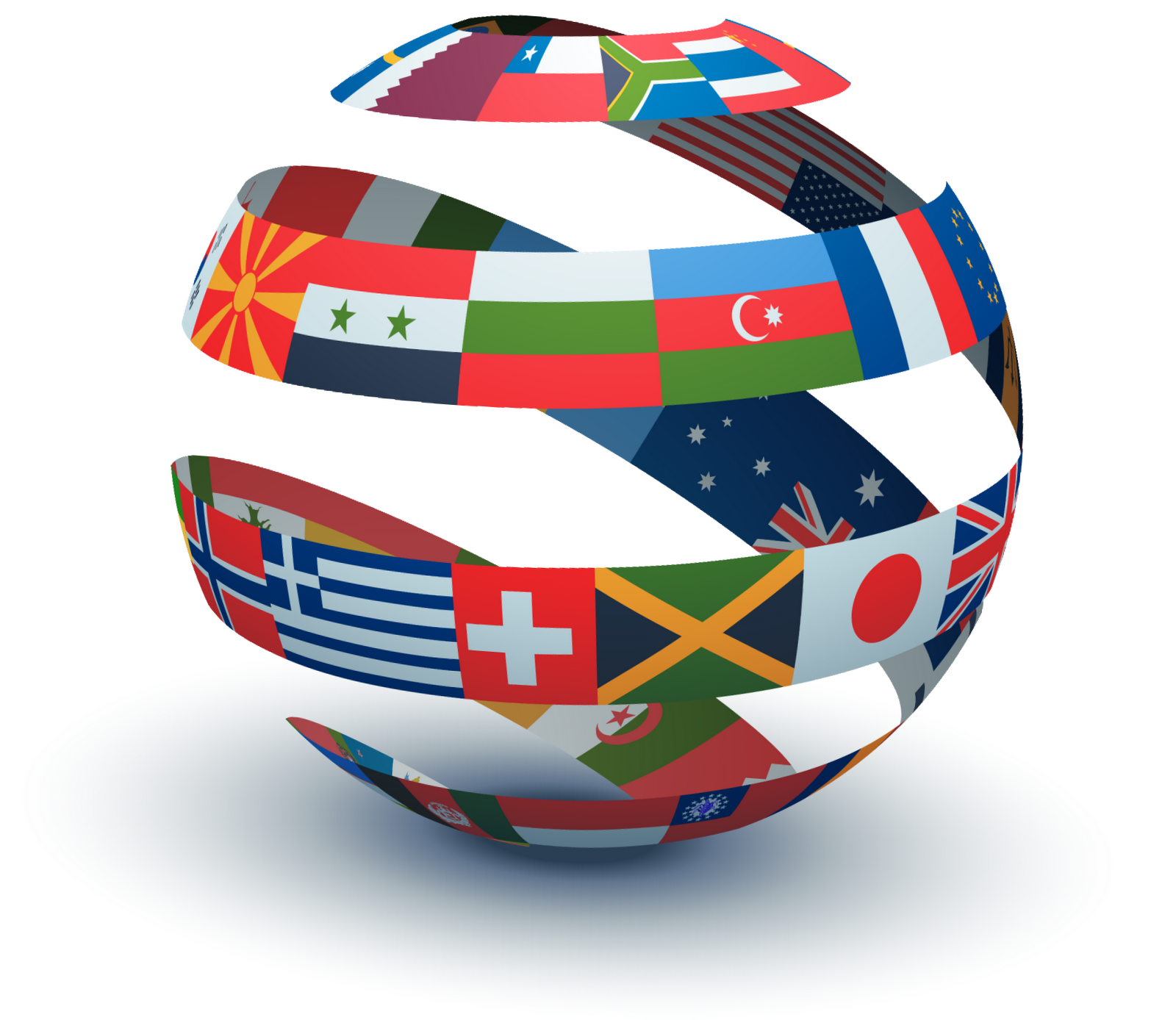Accounting
Going Global: B2B Payments Advice for Business Owners
B2B payments isn’t the most thrilling topic. Many businesses find this process to be tedious and filled with significant costs in fees and manual labor. But it’s also complex. Knowing how to effectively send money from the U.S. to other countries ...
Feb. 01, 2019

If you do your job right as a financial advisor to businesses, they should be successful and grow—assuming, of course, they’re a viable business. It’s an exciting time for everyone to get involved. And if part of that success is dependent on growing globally and working with service providers and suppliers who operate across international lines, there are key considerations you and your clients need to be ready for regarding this new dynamic.
B2B payments isn’t the most thrilling topic. Many businesses find this process to be tedious and filled with significant costs in fees and manual labor. But it’s also complex. Knowing how to effectively send money from the U.S. to other countries, and do it efficiently and without too much headache, is not an expected skill set for even seasoned CPAs.
Luckily, payables solutions provide a way to streamline the process of international expansion, offering ways to effectively manage a range of tasks from workflow to tax regulatory requirements. As your clients begin their journey towards globalization, you can help them look for ways to automate their payments processes and streamline their business.
Automating regulatory processes
A global payables solution is a key driver in assisting with tax compliance support by automatically gathering and validating the necessary tax forms and ID information from suppliers. This helps to ensure that payees not only have provided the correct documents but that they are completed with accuracy. It also saves an enormous amount of time over asking for this information at the end of the year.
Additionally, cross-border payments bring an added increase in tax and regulatory processes. For example, the Foreign Account Tax Compliance Act (FATCA) requires US taxpayers to report certain types of payments made to their foreign suppliers and accounts. For businesses to comply with FATCA, international suppliers are required to fulfill specific W-8 (Series) forms along with ensuring that proper taxes are withheld prior to payment being released. Not doing so could end with a fine to the payer amounting to 30% of the amount being paid.
Many businesses still handle tax compliance functions manually, increasing the chance of error and future liability. However, automating the regulatory requirements through software can improve compliance with strict and highly enforced regulations.
Using cost-efficient payment methods
Another thing to think about when it comes to a global supplier network is the variety of payment methods made available. Our remittance data found that among organizations making more than 2 percent of their payments cross-border, they are overwhelmingly making their international payments using wire transfers.
As wire transfers are costly, they are not the most optimal form of payment for every type of international transaction. They require more attention to detail at every step. One wrong number entered into the portal and you could be sending a one-way payment to the wrong person. Additionally, this payment method is now the second most targeted method for fraud.
It’s well accepted that ACH is the most popular remittance method in the US due to the fact that it’s inexpensive, reliable and delivered in a timely manner. Global ACH (also known as eCheck) can act as an alternative to wire transfers for cross-border payments if the payee has a viable bank account. According to our data, Global ACH also has an added benefit of lower risk than paper checks and wire transfers. Paper checks are even becoming a dying breed for their lack of security, convenience, and the amount of labor required for their processing.
When dealing with a variety of suppliers across a range of countries, clients will need to consider the preferred currency for payees. While some may prefer to be paid in their local currency, other payees strongly prefer USD based on their country’s economic status. By offering payees a choice of their preferred currency, you can help your clients maintain loyalty and reputation across a range of industries. And global payables solutions can also offer clients a way to efficiently automate currency conversion.
Improving Supplier Communications
One of the most consistent complaints that businesses hear from suppliers is that they don’t know when they’ll be paid. Fielding these calls and emails can be tremendously frustrating, often because you did send out the payment, but there’s no way of verifying where it is in the process. If you’re mailing paper checks—particularly to international destinations—it could be anywhere.
Businesses that rely on global suppliers or service providers for their own ability to deliver goods and services to their customers are at risk if they cannot effectively pay their supply chain. That vendor could pull its support and suddenly, you can’t manufacture that part or complete that project. Communicating with global providers is important—payment is truly the only contract you have.
Through a guided supplier portal, communication with payees can become standardized and reduce payment error. Payees can upload invoices, enter banking details and monitor payment status and history. Some portals offer multi-language support. They can also enhance security with layers of authentication and data encryption. Supplier portals are the digital intermediary you need to engage with suppliers 24 hours a day, 7 days a week.
B2B payments might not be the most glamorous financial function, but implementing a streamlined process for your clients is the key to global success.
======
Chen Amit is CEO and co-founder of Tipalti, a provider of payables solutions.
